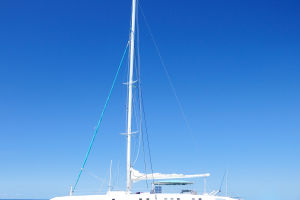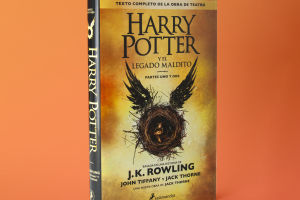On February 26, 2012, a remarkable feat captured the world's attention when Joe Ayoob launched a paper airplane named "Suzanne" to claim the Guinness World Record for the farthest flight distance ever achieved by a paper aircraft,
soaring an impressive 69.14 meters—a distance equivalent to the height of a towering 20-story building. Behind this triumph stood the ingenuity and dedication of John Collins, hailed as the paper airplane maestro of the United States.
Despite his age surpassing the half-century mark, John Collins' passion for paper airplanes burned brightly from his early years, fueling an unwavering commitment to mastering the craft. For a decade, he delved into the intricacies of paper folding, immersing himself in the realms of fluid dynamics and physics through self-guided study.
Such expertise garnered recognition from prestigious institutions like Harvard University, where Collins was invited to impart his design techniques to aspiring students at the esteemed Design School.
While some may dismiss paper airplanes as mere child's play, the depth of scientific inquiry embedded within these seemingly simple creations is profound. Did you know that the technical term for a paper airplane is the "autonomously propelled aerodynamic physical model"? The roots of paper airplanes in scientific exploration date back to as early as 1930 when Northrop employed them for simulation testing, unraveling fundamental principles of real aircraft flight.
"Suzanne" stands as a testament to the fusion of art and science within the realm of paper aviation—a veritable fighter jet among its peers. Its remarkable flight capabilities, achieved solely through a combination of ordinary paper and meticulously crafted folding patterns, find their basis in Bernoulli's principle.
This principle dictates that as air velocity increases, pressure decreases, and vice versa—a phenomenon exploited through precise wing adjustments to generate lift and facilitate flight.
The boundaries of paper airplane flight were continuously pushed and ultimately shattered by a trio of South Korean enthusiasts who, through sheer determination and innovation, broke the decade-old world record.
With a flight distance of 77.134 meters, their achievement epitomized the spirit of exploration and discovery inherent in the pursuit of aerodynamic excellence. Armed with wide-wing designs and specialized paper, akin to their predecessors, they propelled their creation through the air with unparalleled precision and skill.
In a nod to the ever-evolving landscape of aerospace engineering, a trio of graduates from Missouri University of Science and Technology, Nathan Erickson, Dillon Lubb, and Garrett Jansen, undertook a monumental endeavor. Drawing inspiration from supersonic aircraft, they embarked on a journey of experimentation and refinement, culminating in the creation of a paper airplane that shattered records on December 2, 2022.
Their design, meticulously honed through nearly 500 hours of folding and aerodynamic analysis, soared to an unprecedented distance of 88 meters, setting a new standard for paper aviation prowess.
From initial meters to today's tens of meters, the flight distance of paper airplanes continues to be challenged and surpassed, showcasing not just technological advancements, but also the courage and creativity of humanity. In the future, perhaps more young scientists and engineers will stand on the shoulders of giants, relentlessly exploring the limits of paper flight, promising more surprises and breakthroughs ahead.


